When it comes to products that we use in our daily lives, would you ever think that gender played a role in the way we use them? Interestingly enough, it does, and the problem is that we aren’t thinking enough about gender when we design products. From PPE kits to button-down shirts, women all over the world are struggling to use things that have been predominantly designed for men.
Of course, all of this might seem oversimplistic, but there’s a popular phrase used in the product creation world called ‘Shrink it and pink it’ that shows otherwise. It’s commonly used when designing products for women. What it means is that women often receive scaled-down and pink-colored versions of things that were actually designed for men.
It might not seem like a big issue at first. But that’s exactly why someone online asked people to share examples of products designed for women that were clearly created by men. Netizens didn’t hesitate to fill the thread with answers and share their relevant experiences. Your mind might change once you’ve seen this list!
More info: Reddit
#1
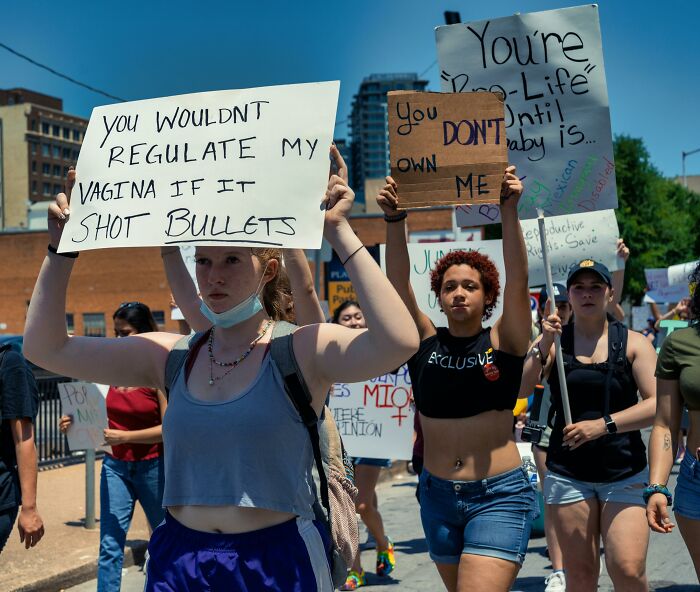
Image credits: Sellarse
#2
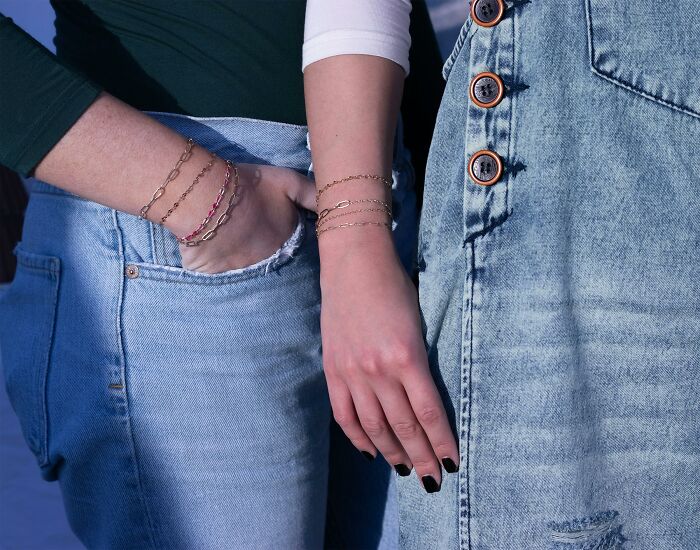
Image credits: TURBOSCUDDY
#3
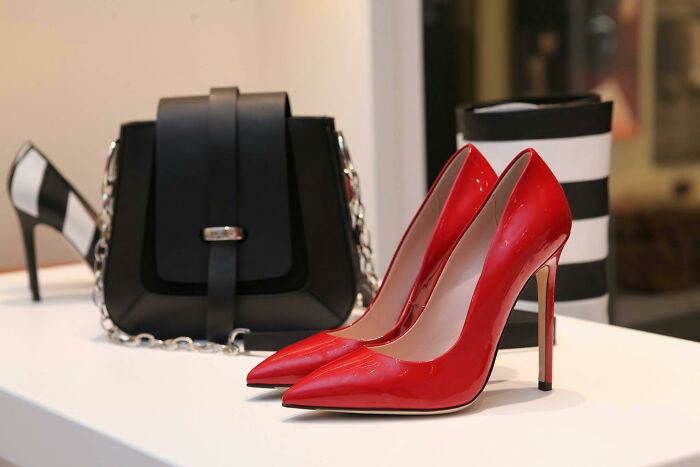
Image credits: Nopetynope12
In this list, curated for you by Bored Panda, there are specific examples of things that men designed that are often impractical for women. Since women are left with no choice but to use these inventions, it begs the question, why don’t more women start designing things? That’s because product design is still a man’s world. Approximately only 9.1% of product designers are women.
With such a small sample to provide input, it’s no wonder that men are providing the dominating input during the design process. At the start of most design courses, students are taught about something called Universal Design. According to the Centre for Excellence in Universal Design, “Universal Design (UD) is the design and composition of an environment so that it can be accessed, understood and used to the greatest extent possible by all people regardless of their age, size, ability or disability. An environment (or any building, product, or service in that environment) should be designed to meet the needs of all people who wish to use it.” So why is it that women are still left out?
#4

Image credits: abynew
#5
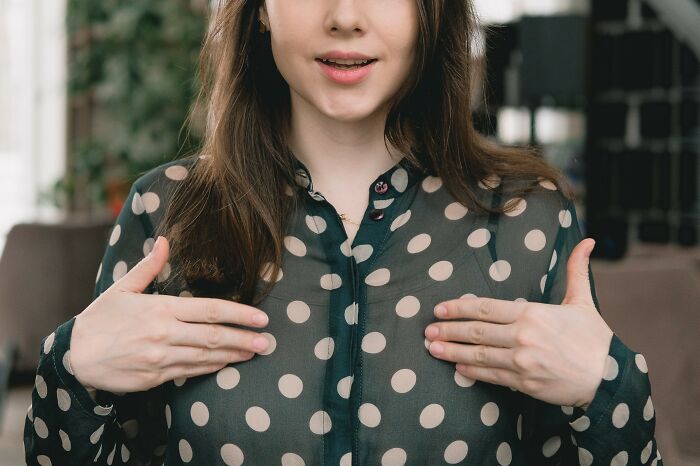
Image credits: tenaciouslyteetering
#6
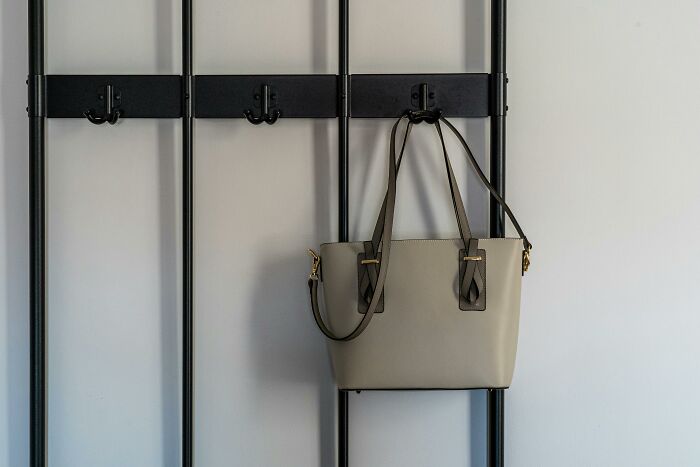
Image credits: Catwymyn
Women are 73% likelier to be injured during a car crash compared to a man. You might be shocked to know that this is also because of poor product design and testing. It’s because male dummies are predominantly used as the “victims” during car crash tests. Yes, female dummies exist, but again, they are just scaled-down versions of the male dummies. They don’t represent the bodily differences that women have, such as broader hips or wider pelvises.
Most car crash innovations aren’t safe for women. Like the design for airbags, which isn’t that safe for smaller women and children. This isn’t to say that these inventions shouldn’t exist. Instead, what it means is that more women should be included when these products are being designed and tested. Let’s take a look at some other instances of things that just weren’t designed for women.
#7
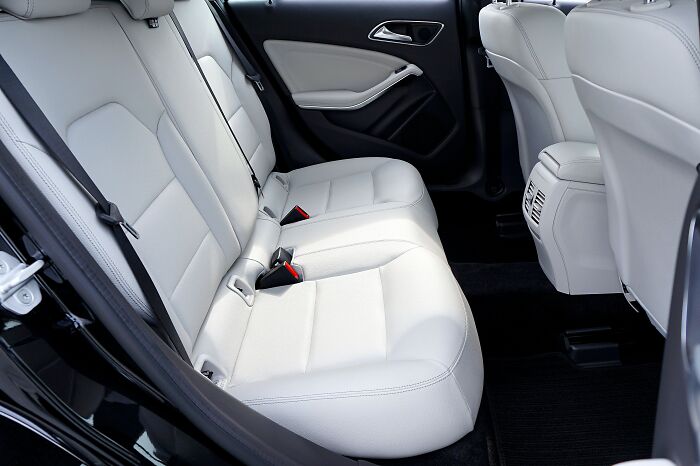
Image credits: Quietly_dangerous
#8
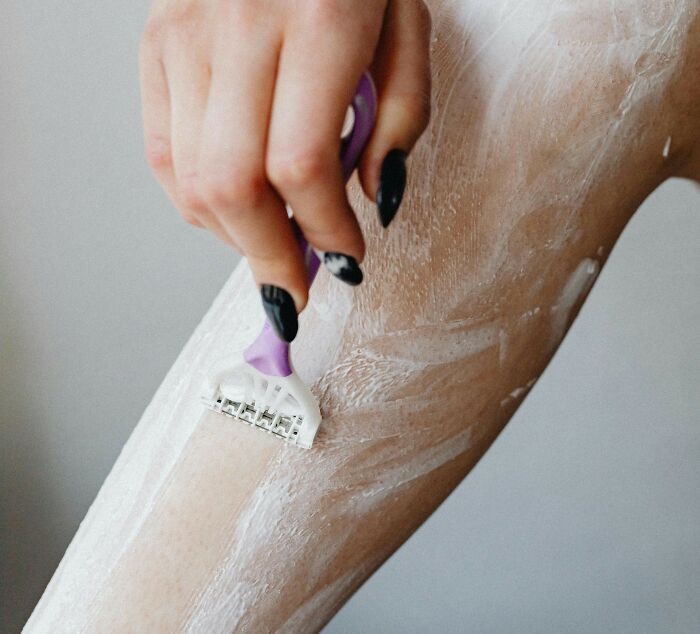
Image credits: Mirawenya
#9
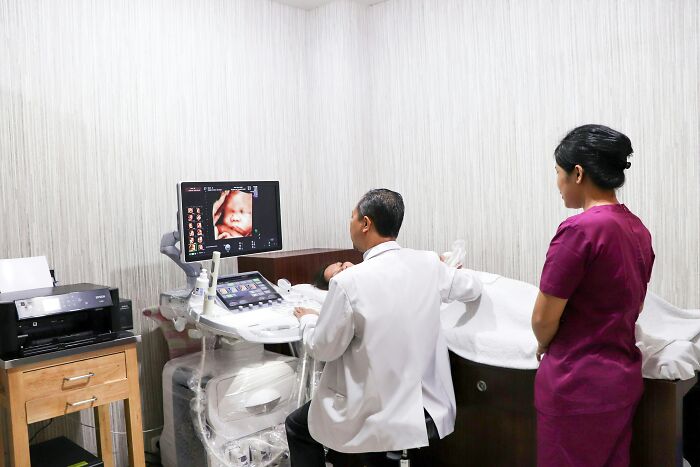
Image credits: awkwardabteverything
Product design that doesn’t take into account women’s bodies isn’t just odd, it’s also dangerous. In the military, females have a 2.22 times higher risk of pelvic ring fractures than males. This is because of a number of factors ranging from the design of their military boots to even their backpacks.
When women use products that were designed as an afterthought, it can affect their safety. These real-life examples show that it isn’t just a matter of style or preference. Does it really make sense that half of the population is excluded in favor of a one-size-fits-all approach to product design?
#10

Image credits: Jerkrollatex
#11
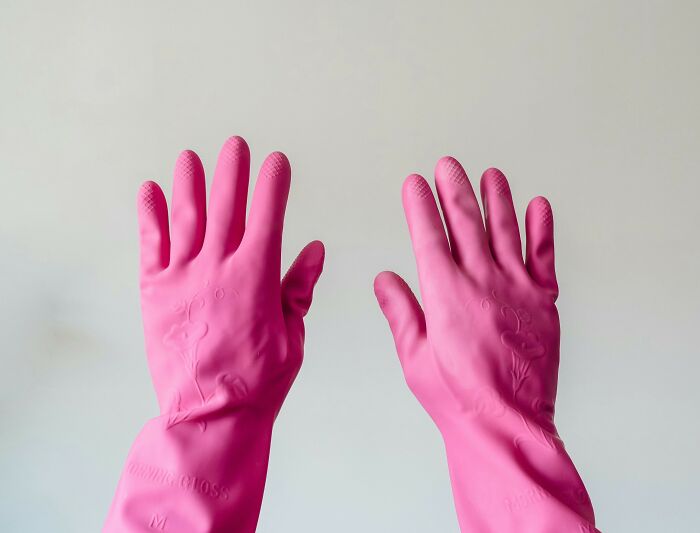
Image credits: silverandstuffs
#12
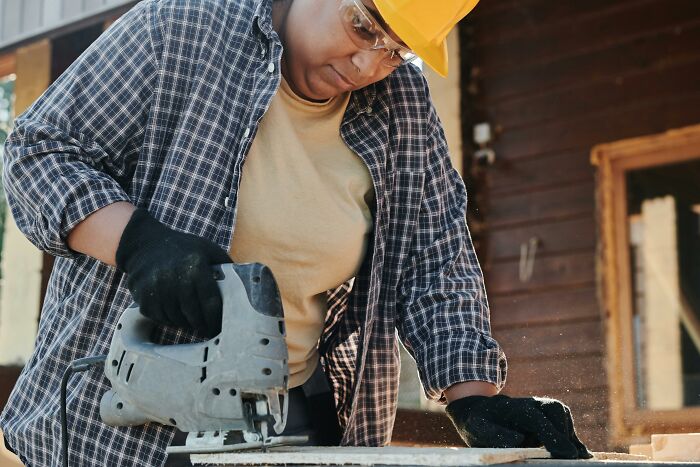
Image credits: 123-91-1
Another minor instance that can have a huge impact is the design of personal protective equipment (PPE) in healthcare. The Women in Global Health survey found that only 14% of women wore PPE that was well-fitted. The problem with male-oriented PPE is that poorly fitting masks, goggles, or gowns can expose women to viruses or infections.
These items also don’t take into account different body types or face shapes. Although the concept of being “gender blind” might seem like a great idea, it doesn’t benefit women when it comes to designing useful products.
#13
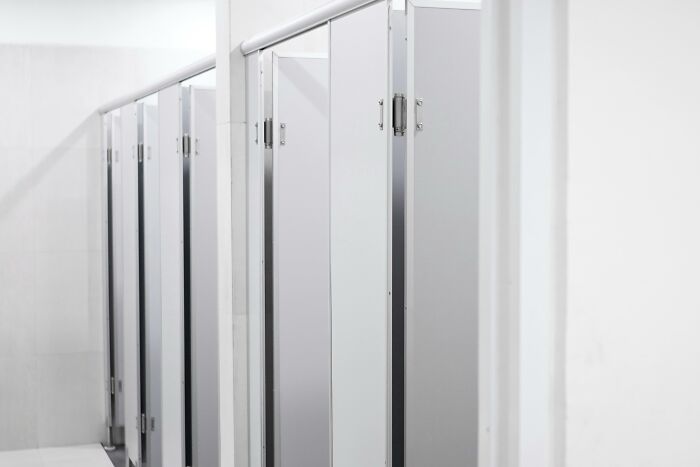
Image credits: Elmaccas
#14
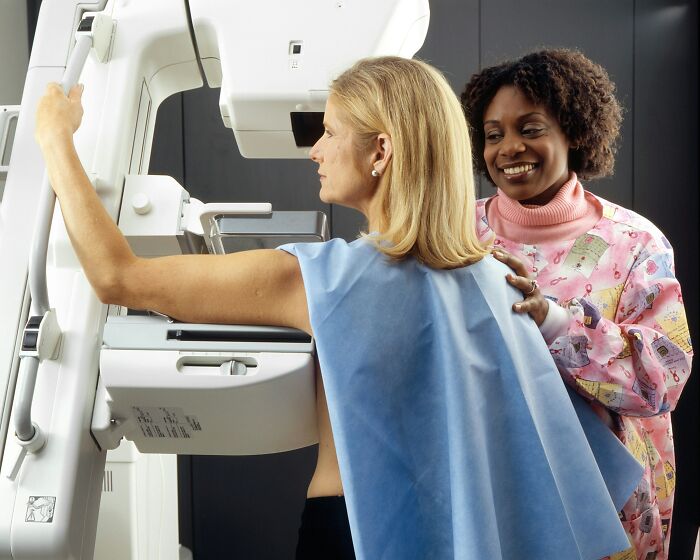
Image credits: yttiksesom2
#15
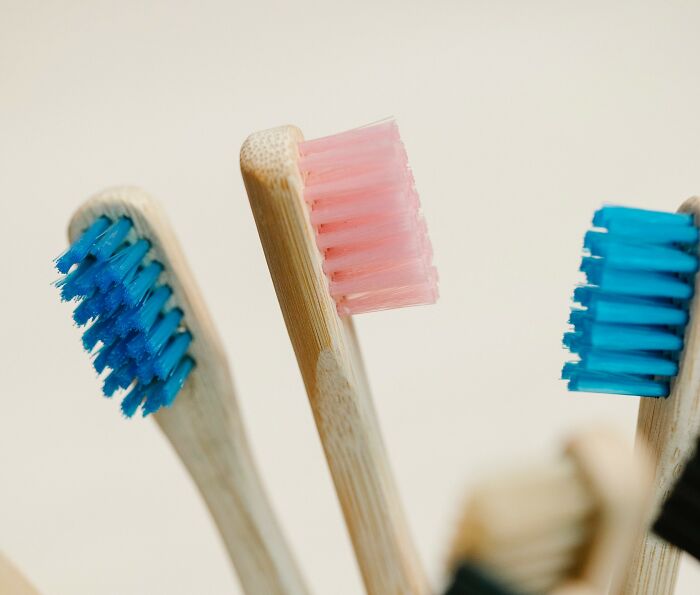
Image credits: soline
Lastly, here’s one example that might shock you! Female firefighters have a four times greater rate of injury than male firefighters. Now, you might be wondering how product design fits into this. One of the reasons for this alarming statistic is their ill-fitting protective equipment. Equipment that isn’t designed for their bodies can expose them to toxic chemicals and even liquid, chemical, or heat exposure.
So this brings us back to the question of the lack of women in product design. There are many challenges that can limit workplace entrance and performance, which add another layer of complexity to why women don’t move ahead in this field. It’s important, therefore, to provide more encouragement for women to become designers and pursue careers that are still considered “male-dominated.”
#16
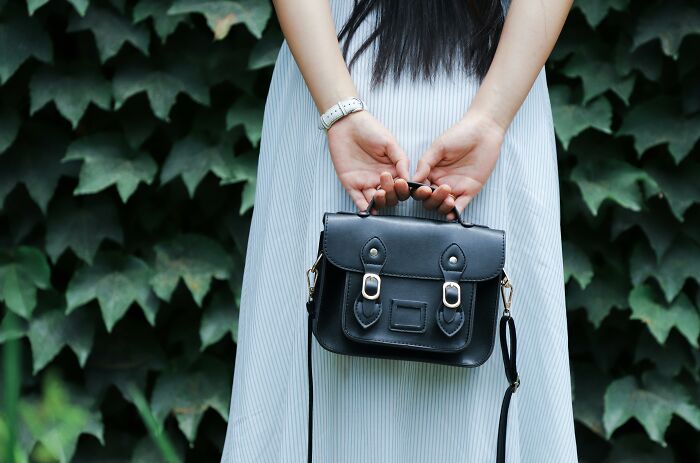
Image credits: Queen_Anomalocaris
#17
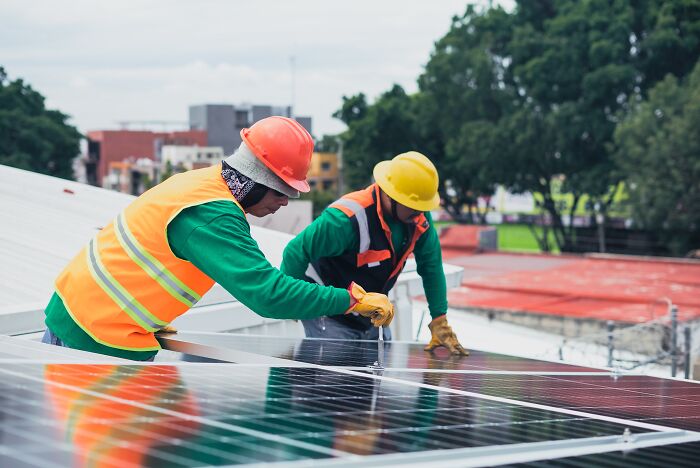
Image credits: Moonpiemo
#18
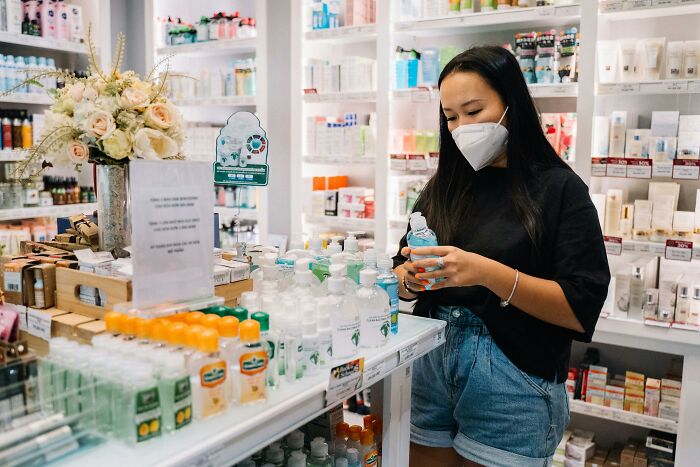
Image credits: vermilion-chartreuse
#19
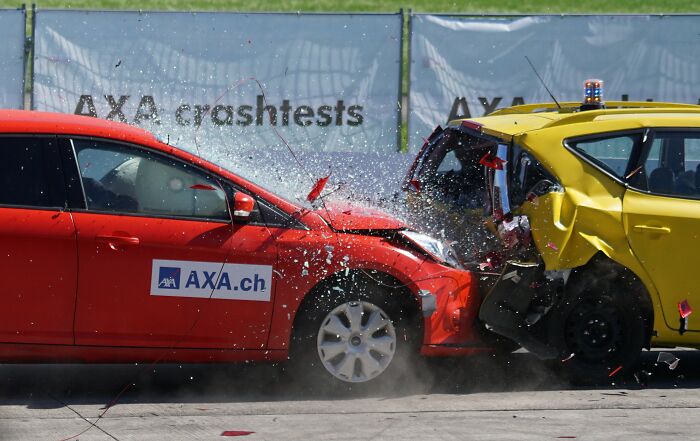
Image credits: sbmskxdudn
Unisex equipment should not be the default. There should be a push to create products that take into account the needs of both men and women. Without enough women designing products, we will still continue to live in a world that’s been primarily designed for men. What are your thoughts on these examples? Let us know in the comments, and tell us if you have any solution for this issue.
#20
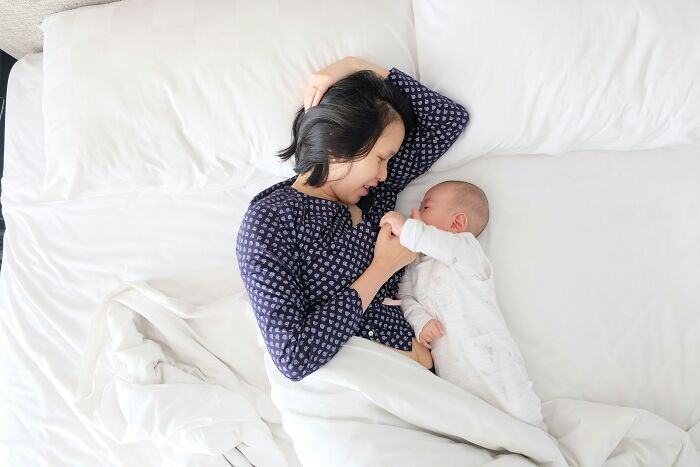
Image credits: automoth
#21
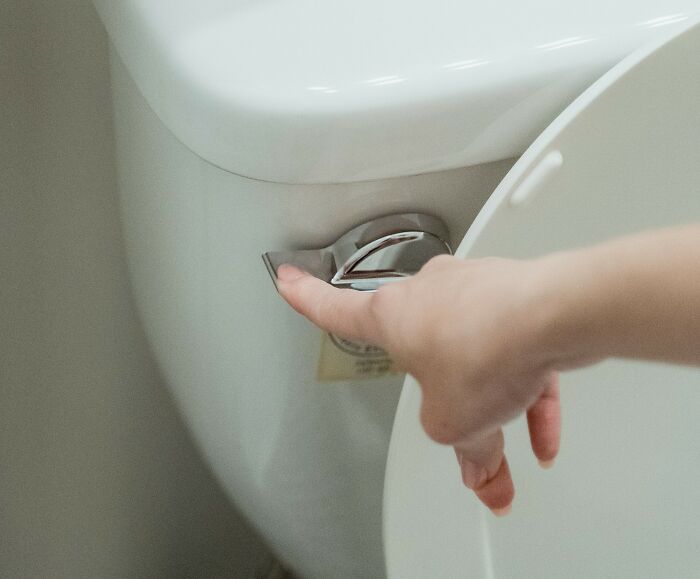
Image credits: Indigojoyglow
#22
#23
https://www.wfencing.org/post/the-problem-with-chest-protectors
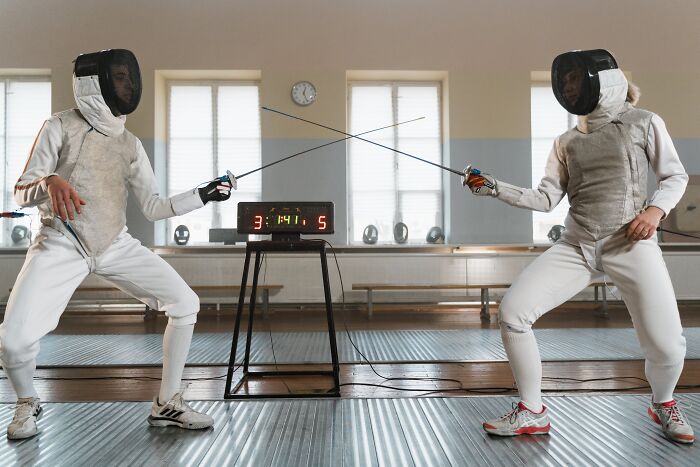
Image credits: EpeeLizM
#24
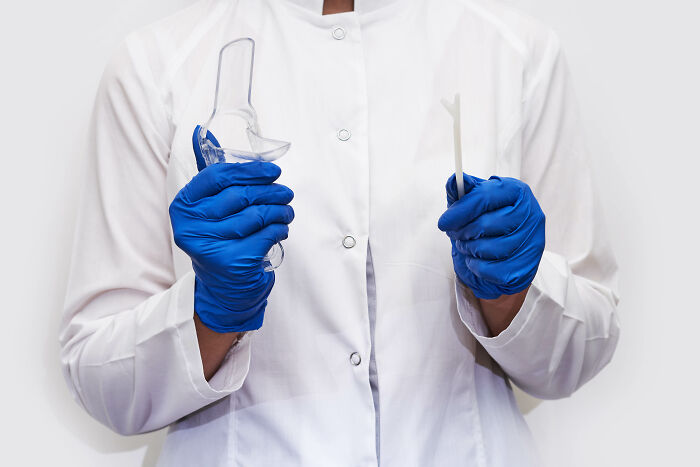
Image credits: -FemboiCarti-
#25
#26
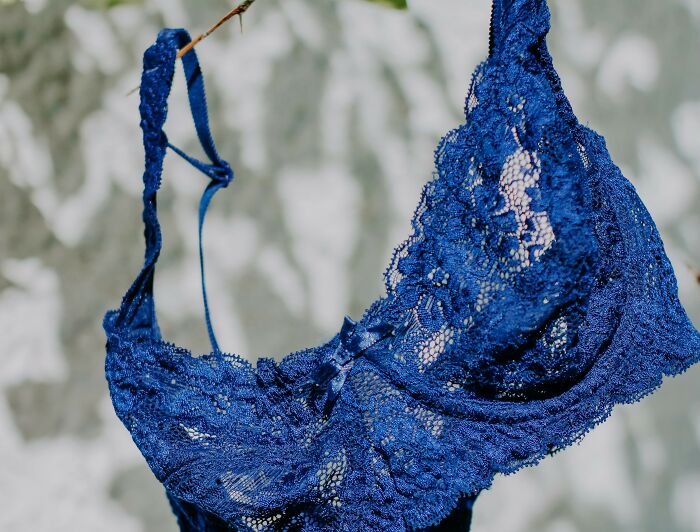
Image credits: VeganMonkey
#27
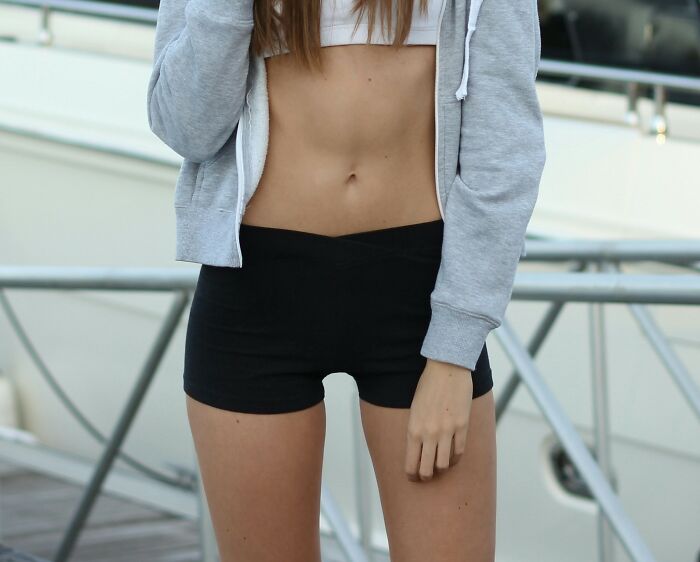
Image credits: saadmerie
#28
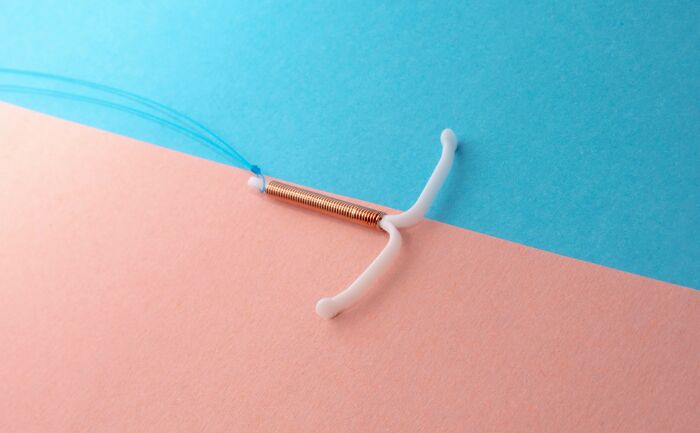
Image credits: SundaeEducational808
#29
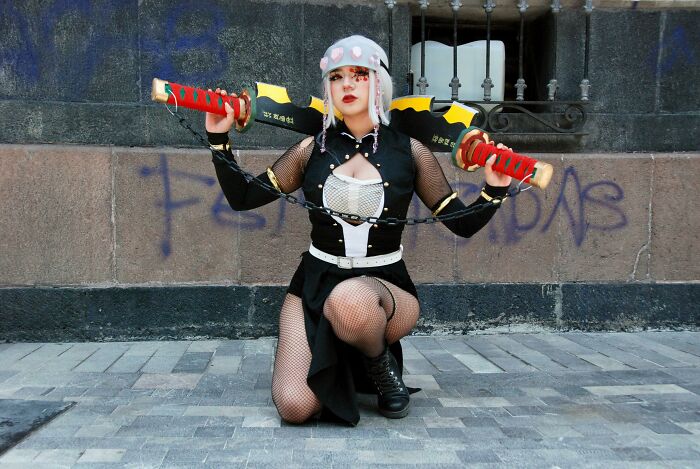
Image credits: blackbubble*ss
#30

Image credits: Sternenschweif4a







